Week 67: Bukhara
–
–
The luxury of time has been appreciated even more as temperatures continued to soar into the high 30s and possibly low 40s. We don’t really know how hot it’s been – we haven’t had access to forecasts. All I can say is that staying hydrated is a constant battle which we’re only just starting to find a working strategy for. The sights in Bukhara are a little more spread out than Khiva, where all the main things to see were inside the compact old city walls. Here they’re not that spread out but walking can be a sweaty business. Have I mentioned that it’s really hot here??
We’ve been bouncing about between medressas, mosques and buildings built for the powerful local rulers. In the 9th and 10th centuries Bukhara was a vibrant cultural and religious centre, with many of the Islamic clerics in the surrounding countries coming to the city for studies. There were once about 120 medressas, of which only 30-40 remain. We visited quite a few, including Ulugbek Medressa which is the oldest in Central Asia. When we visited, it was undergoing some much needed restoration work, something a little lacking in many of the places we’ve visited. It was built in 1417 by a grandson of Timur, the man who waged a bloody war with the fractured Mongolian empire following Jenghiz Khan’s death.
Not that the Mongolians hadn’t gone on their own rampages. In 1220 their armies attacked Bukhara, raping, looting and burning it to the ground, killing 30,000 people in the process. One of the few things spared was the Kalon Minaret, built about 100 years before Jenghiz Khan arrived. Even today it’s an impressive structure, standing independently of the mosque. 47m tall and covered in beautiful decorative brick work, it apparently impressed Jenghiz Khan so much that he ordered it to be spared, something the Russians attacking in 1920 didn’t quite manage. The Kalon mosque next door was impressive, not only for its size (it can hold 10,000 people) but for the quality of its well preserved tile work. We spent quite a while there, trying to photograph the various arches, angles and geometric designs.
Most of the structures we’ve visited are surprisingly open to the elements. For example, the main areas of the mosque were open to the central courtyard with only a roof and external wall. In the medressas many of the rooms have ventilation holes in the roofs and open doors. Sometimes there must have been doors and windows but in many cases there’s no indication that that was the case. In the summer season it’s easy to see why that would be a popular design but once the buildings are no longer in use, and being swept out regularly, dust accumulates and the pigeons move in. It’s sad to see the impressive old buildings so badly neglected that the pigeon poo and dust piles start taking over rooms.
The main attraction in town is apparently the Ark, the former royal residence and Bukhara’s oldest structure. It was lived in all the way from the 5th century until 1920 when the Russians attacked. Unfortunately the Red Army bombed it pretty extensively and inside is now mostly ruins, encircled by a reconstructed wall. We climbed the nearby water tower, a Soviet construction no longer in use apart from by tourists who pay a random guy playing cards for the privilege of risking their lives on the rickety spiral staircase. OK, so it wasn’t that bad but when you’re 30m above the ground and the staircase starts wobbling even I got a little worried. The view was nice though. Actually the last two emirs preferred to live at the Summer Palace, a little to the north of the main town. We went there today and were impressed by the general gaudiness and over-the-topness of the interior decorations. Actually there weren’t that many buildings or rooms but the ones that were decorated were completely ostentatious, full of alabaster carvings, mirror and glass mosaics, and elaborate paintings.
Not too far from our house is a small plaza built around a pool. It’s a popular spot to sit under the mulberry trees on tea beds and have a drink or something to eat. At certain times of day there is a sort of fountain which cools the area down a little and in the evening the chaikhana (teahouse) owners pour water over the stone paving to get rid of the day’s heat. Until the Russians took over Bukhara there were hundreds of these small pools, filled by a network of canals, but for sanitation reasons most of them were filled in.
Before we came to Bukhara we spent a day exploring the old mud brick qalas (forts) of ancient Khorezm. Many of them originally date to the 4th century BC when the area, recently independent of Persian rule, reached a high point of cultural development. There is evidence of the Zoroastrian religion in the area, with remains of fire temples and also a tower of silence where bodies were placed after death so that birds could purify the bones. According to Zoroastrian religion the world was an ongoing battle between good and evil. A person’s bones were created by Ahura Mazda, the wise lord, but the flesh by Ahriman who embodied the principles of evil. The Qalas we visited were cool, one of them, Toprak Qala, had remains of a royal palace of the kings of Khorezm.
We spent a night in a yurt camp near Ayaz Qala, another fortress, and planned to spend a day chilling out and relaxing there. Unfortunately we failed to take into account the heat and quickly realised that sweating wasn’t relaxing. We took our lazy day here in Bukhara, paying homage to our air conditioner. Tomorrow we head to Samarkand from where we’ll take a quick trip back to Tashkent to try to sort out our visa. Then it’s back to Samarkand for a bit longer and up to a lake in the north of the country for another yurt stay.
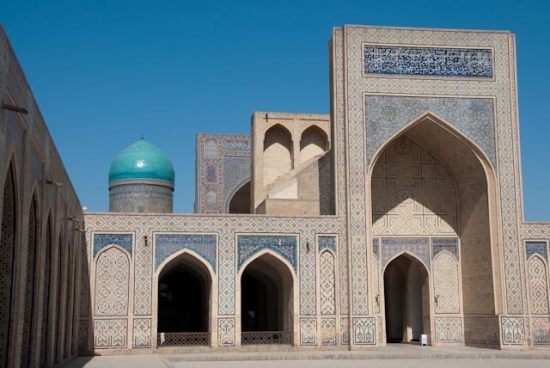
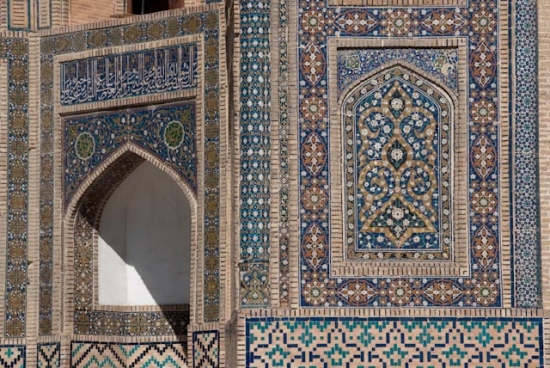
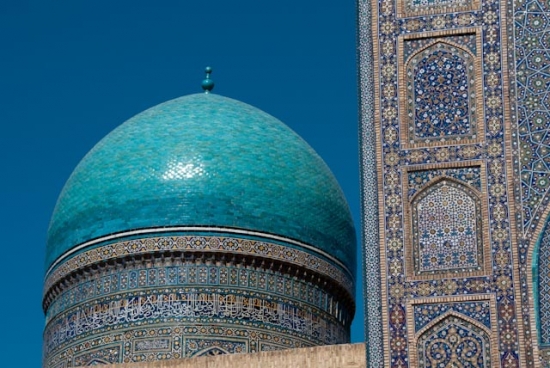
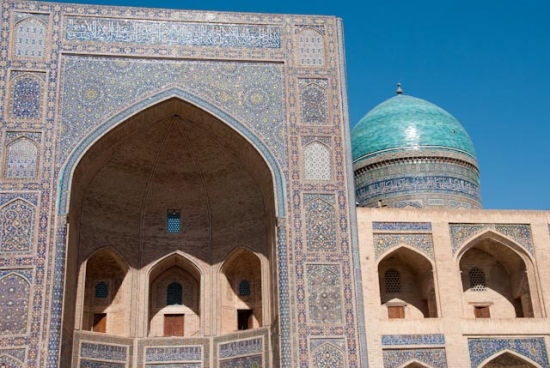
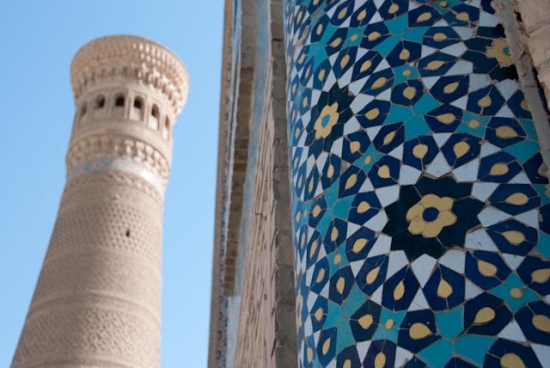
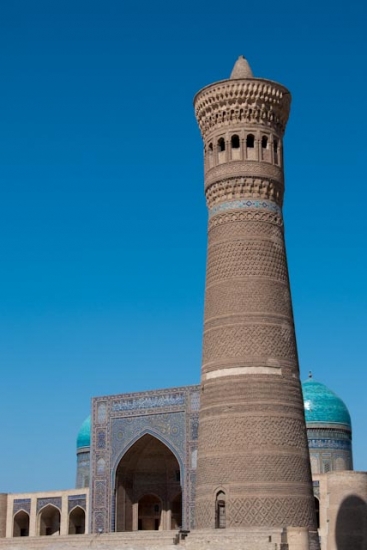
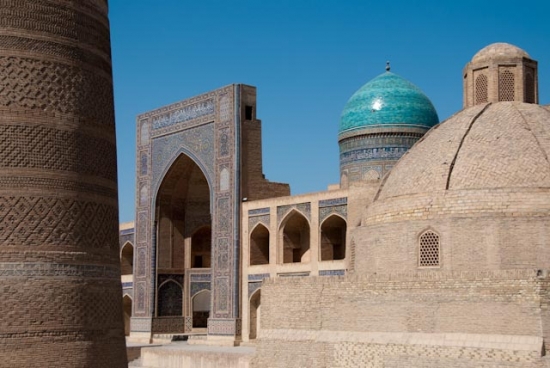
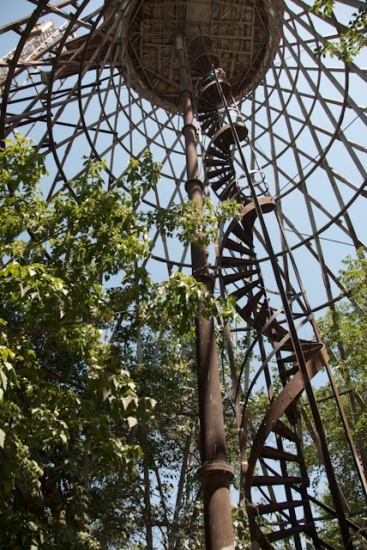
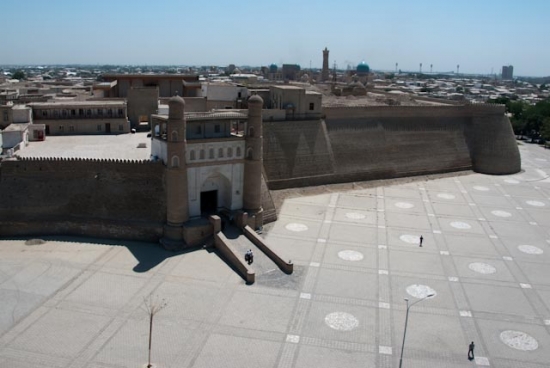
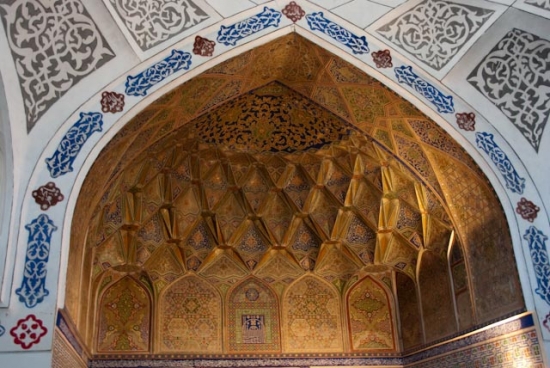
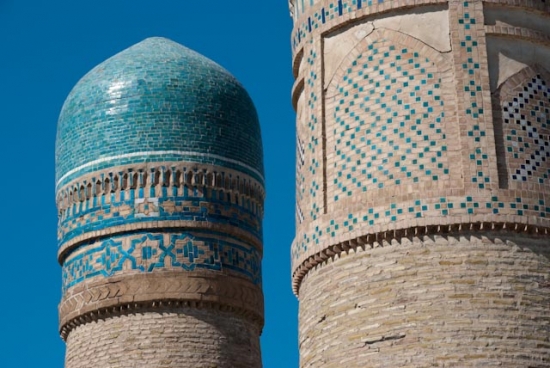
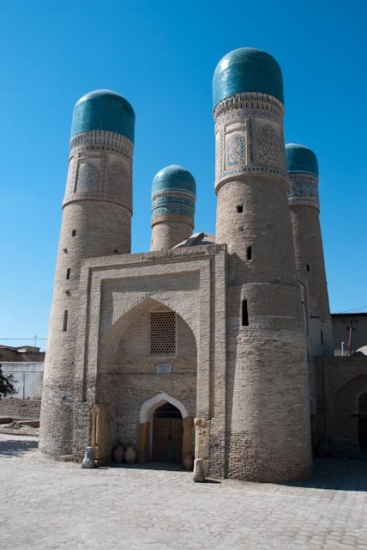
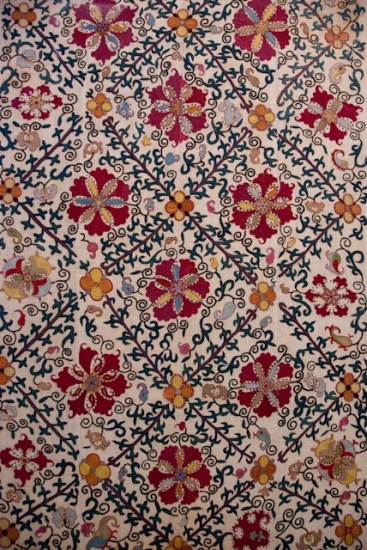
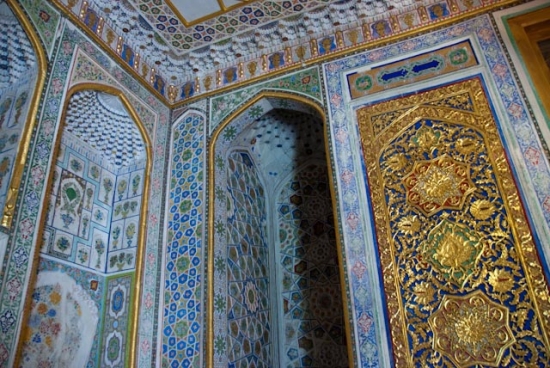
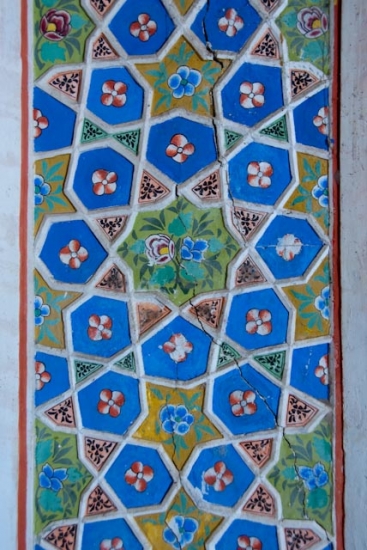
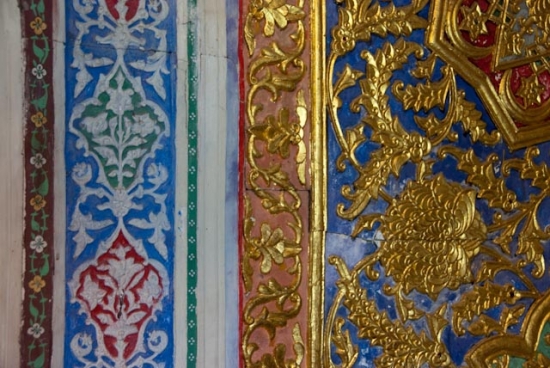
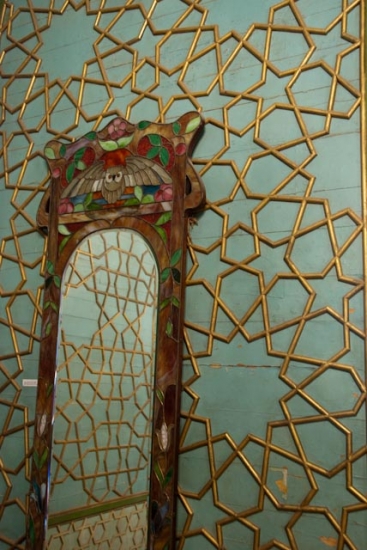
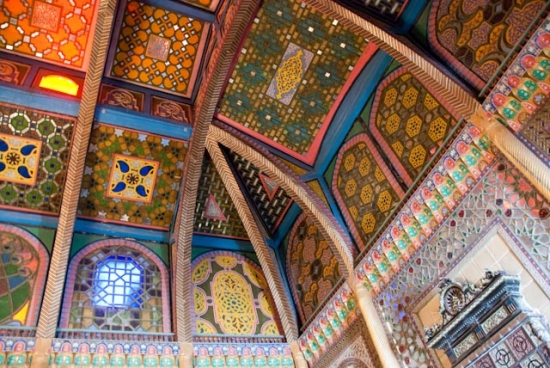
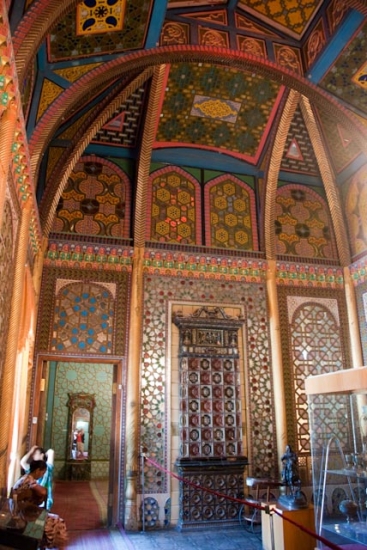
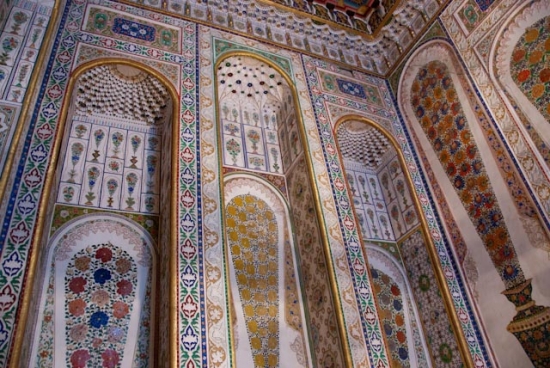
3 comments so far
Leave a reply